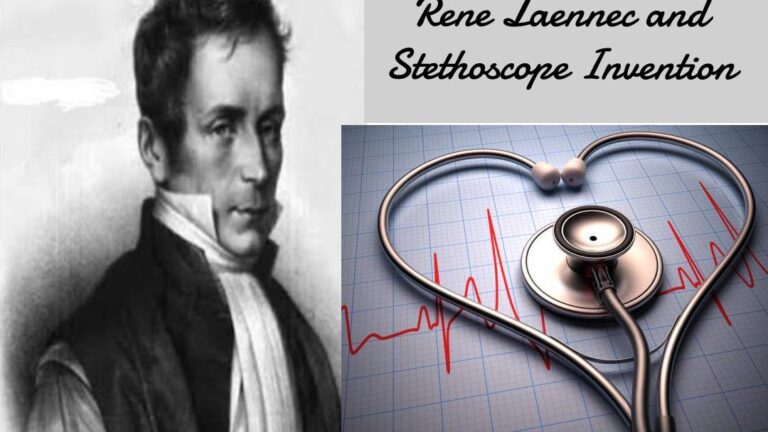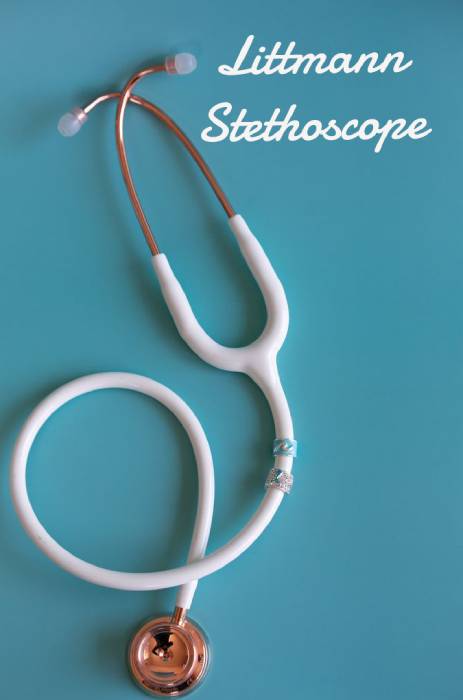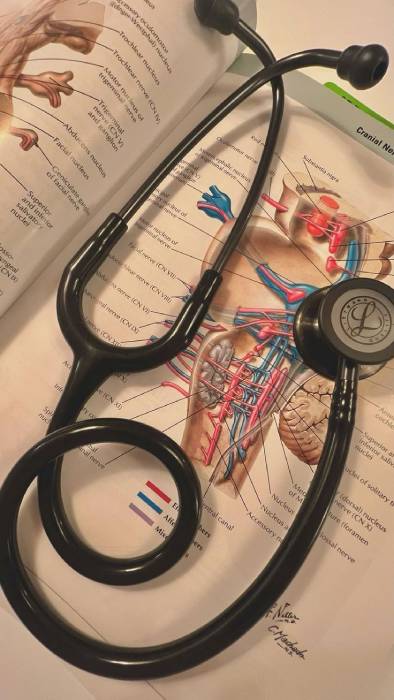Improvements Over Time
Dr. Laennec’s first stethoscope was just a wooden tube. It looked very different from the stethoscopes we see today. Over the years, many people improved the design. Soon, wooden stethoscopes replaced paper ones, and 25 years later, Arthur Leared in Ireland created a version with two earpieces. Later, an American named George P. Camman sold these stethoscopes widely. At first, some doctors didn’t trust the stethoscope with two earpieces. But soon, it became the standard tool for listening to the body.
As time passed, doctors kept improving the stethoscope. In the 1940s, stethoscopes had two different bells to hear the heart and lungs separately, but they were heavy and hard to carry.
In 1961, a cardiologist named Dr. David Littmann invented the modern stethoscope. He made it lightweight and easier to use. Littmann’s design also made it possible to hear both low and high-pitched sounds by adjusting the pressure on the patient’s body.
Today, Littmann stethoscopes are still some of the most popular and trusted by healthcare professionals.
Why Doctors Use Stethoscopes
Stethoscopes are simple tools that make the body sound louder so doctors can hear what’s happening inside. Before they existed, chest illnesses were often deadly because doctors couldn’t diagnose them in time. With stethoscopes, they can find problems like pneumonia or asthma more easily.
Even with modern machines, stethoscopes are still useful, especially for pregnant women who can’t have X-rays or scans.
What Your Doctor Hears
When a doctor listens to your lungs, they check for strange
sounds. For example:
If you have symptoms like coughing, wheezing, or chest pain, your doctor will use a stethoscope to
figure out what’s wrong.
The stethoscope might be a simple tool, but it saves lives every day. Its invention changed how doctors understand and treat illnesses.



